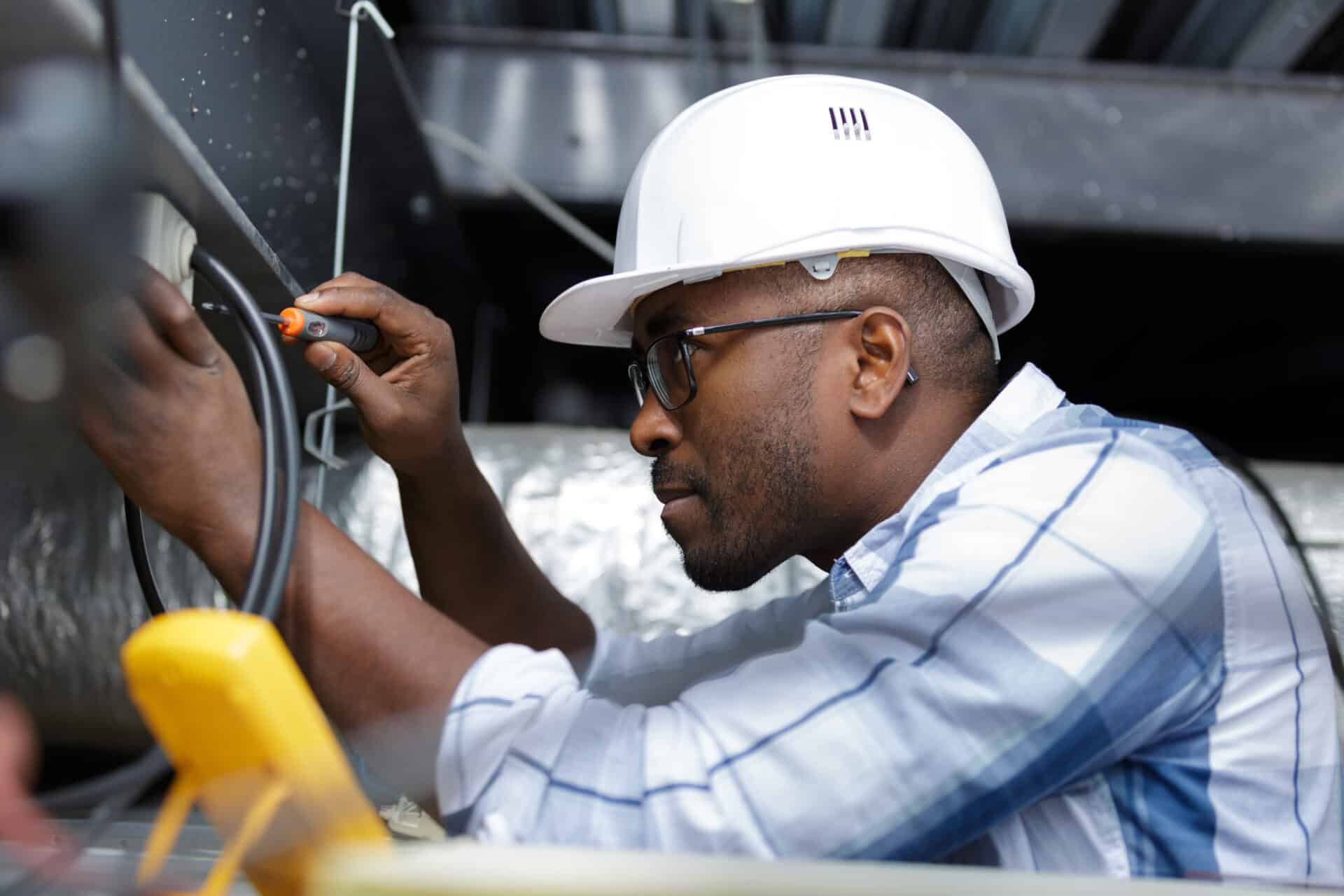Profit, Planet, Performance: Why Sustainable Facilities Are Good for Business

Leigh Pearson of Staples Canada explains why operating sustainable and efficient buildings isn’t just good for the environment, it’s good for business.
Facilities managers are the unsung heroes of the built environment, acting as the backbone that supports a structure’s life. They’re the orchestra conductors ensuring every instrument, from the HVAC systems to the security details, plays in harmony. Much like the captain of a ship, they navigate through the storms of emergency breakdowns and ensure smooth sailing with preventive maintenance. In the vast theater of a facility, they’re both the director and stage manager, setting the scene perfectly while making sure the spotlight is on safety and functionality.
They’re also architects of efficiency, crafting facilities programs that not only trim waste and cut costs but also support sustainability goals.
In a recent ServiceChannel podcast episode, Leigh Pearson, Senior Director of Facilities, Sustainability, Sourcing, and Procurement at Staples Canada, shared her insights into how operational improvements can make facilities management an indispensable part of an organization’s sustainability initiatives.
When Staples Canada introduced building automation through its supply chain and fulfillment centers in the early 2000s, a light bulb went on for Pearson. “It was my first segue into what I would call more ‘sustainable solutions,’” Pearson says. “And it felt like a natural connection between the facilities and the sustainability function of the organization. That’s when the vision started coming together.”
Twenty years later, with the operations of buildings accounting for 30% of global final energy consumption and 26% of global energy-related emissions, the importance of facilities management in reducing energy consumption and waste cannot be overlooked.
Bridging the Gap Across Facilities, Construction, and Operations
Facilities management stands at the crossroads of environmental sustainability and innovation. This unique position allows it to bridge gaps and foster cross-departmental collaboration, particularly between construction and operations, as all these teams must work together to adapt to evolving technologies and sustainability standards.
Pearson explains that facilities managers must earn their seat at the table by making connections to larger operational objectives: “How does facilities represent the brand and its values? How does it show up in the community?”
Using technology to capture data and measure performance at your facilities provides the insights needed for better communication throughout the facilities ecosystem and workflow. And when it comes to sustainability, reporting tools enable you to identify energy usage trends, track progress toward efficiency goals, and make recommendations for efficiency and sustainability improvements.
How Sustainable Facilities Practices Boost the Bottom Line
Sustainability goes beyond being eco-conscious; it’s also a strategic approach to using technology for realizing significant cost savings and enhancing the return on investments in your facilities. As Pearson explains, “When we can build a case for automation, we can reduce our consumption and cut expenses. There are benefits to the planet, the business, and the community — it’s about bringing those things together.”
Implementing efficient practices like upgrading to energy-saving appliances and lighting, or installing automated systems that adjust heating and cooling based on occupancy, can yield substantial cost savings over time. Even more progressive steps, such as producing renewable energy onsite, can significantly reduce your energy expenses, further improving ROI. (To take a deeper dive into sustainable facilities management practices, check out “6 Ways Facilities Managers Can Support Sustainable Facilities.”)
Going Green and Gaining Ground With an Alliance That Elevates
By building strong relationships, leveraging data, and amplifying the vital role facilities play in driving sustainability and operational excellence, facilities leaders can align themselves with their organizations’ larger objectives of reducing costs and boosting efficiency.
For many businesses, ServiceChannel Analytics is the compass guiding the path toward sustainability, offering real-time data that helps identify inefficiencies, streamline processes, and optimize operations. ServiceChannel strengthens relationship-building by providing the real-time data that teams need to align with common sustainability goals.
Moreover, according to Deloitte, companies that prioritize sustainability often have higher customer retention rates and better employee engagement than their competitors, as they attract values-driven employees and customers.
“The ability to build recycling programs that support communities is so in line with our values and who we are,” Pearson says. “This is likely why, 26 years later, I’m doing this. I absolutely love our ability to make those programs come to life and support Canadians across the country.”
Interested in learning more about sustainable facilities management? Get in touch with the ServiceChannel team, or book a demo today.




